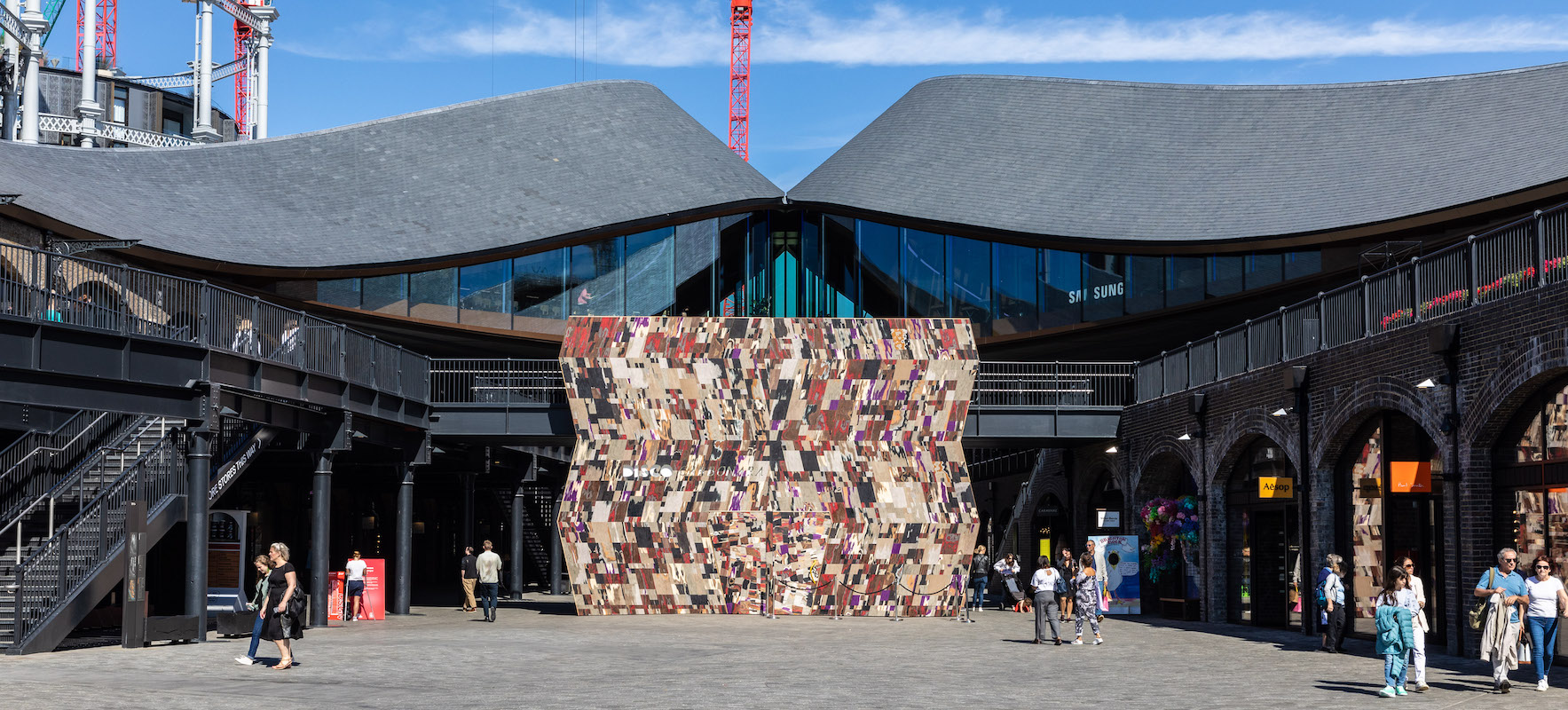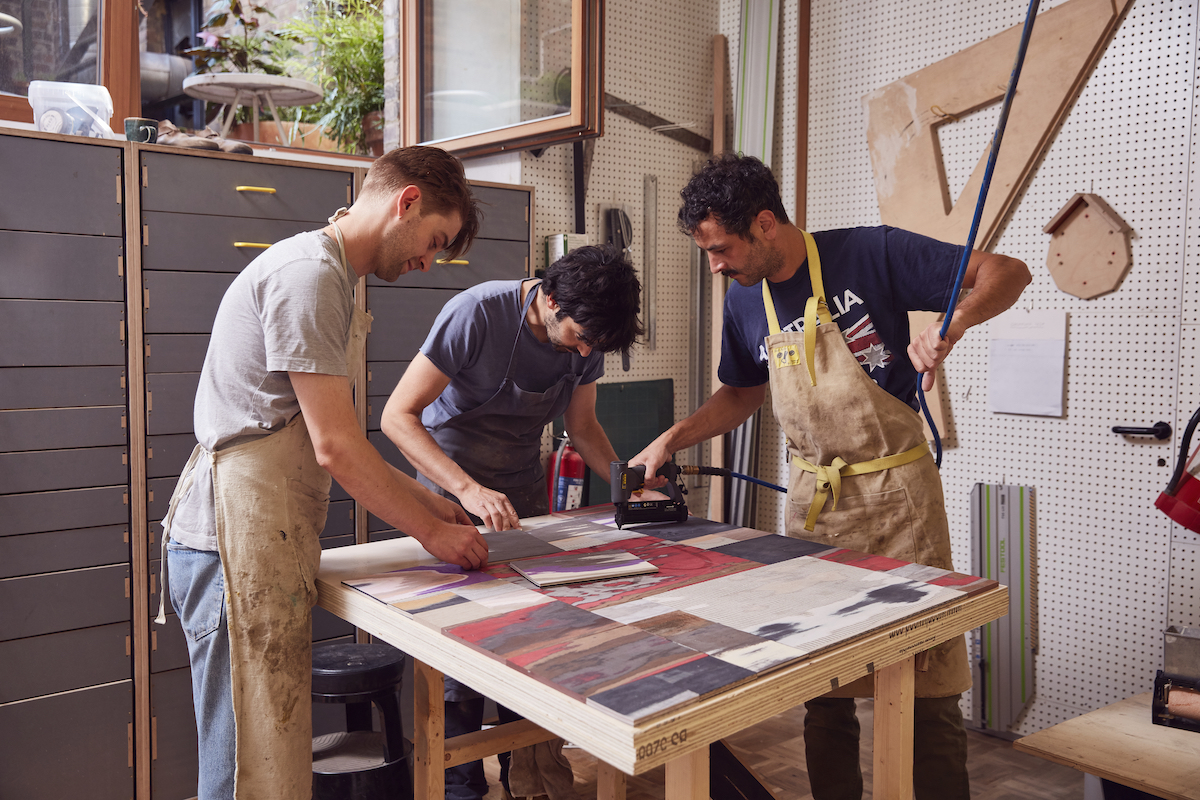This website uses cookies so that we can provide you with the best user experience possible. Cookie information is stored in your browser and performs functions such as recognising you when you return to our website and helping our team to understand which sections of the website you find most interesting and useful.
Martino Gamper’s ‘Disco Carbonara’ questions the permanence of the design world
By Ross Forbes | 2 October 2019 | Lifestyle
We look back on our favourite moment from 2019 London Design Festival

This year’s London Design Festival has been an important one, pulling the focus towards sustainability more than ever before. It’s a highly relevant topic to base the week’s artistic celebrations on, with global awareness of the ever growing climate crisis at an all time high. Ironically, installations for the festival are generally built solely for the festivities, becoming somewhat disposable pieces. In many respects then, sustainability is a pretty ballsy move for this self-aware week of design.
King’s Cross is the latest location in the LDF lineup to be crowned a ‘Design District’, and with good reason: the beautiful new Coal Drops Yard. Designed by award-winning British design maverick Thomas Heatherwick, this former Victorian coal yard now makes a fantastic host to some of the finest installations the festival has to offer, including designjunction, Granby Workshop and Tom Dixon, as well as plenty of boutique design-led stores. The most thought-provoking by far is Martino Gamper’s ‘Disco Carbonara’.
A nightclub that is nothing more than a façade, Martino’s inspiration for the concept piece was something temporary. “I wanted to explore the temporary nature of design festivals,” he says. “The inspiration came from the 1984 Summer Olympics, which were held in Los Angeles. They used film sets and scaffolding to create a temporary effect, rather than building structures just to tear them down afterwards. A lot of these design events are similar, things are here for two weeks then taken down again. It seemed wasteful to build something, so I thought: why not embrace that idea and create a fake façade?” >>
Related: Kelly Hoppen shares why she's living on the Edge with her cruise ship designs

The name, like the piece itself, is more than just funky and for fun. It actually pays homage to two things. Disco comes from the fact Coal Drops Yard used to be a spot known for its nightclubs. Carbonara, on the other hand is a meal favoured by coal miners in Italy – a nod to the installation’s location as well as Martino’s italian roots.
It’s physical design is comprised of off-cuts of poplar and lime wood, stained to create a veneer and glued together to create a patchwork of colours. This all creates the look of a disco in motion, and intrigues both from afar and up close. It’s all produced by an Italian company called Alpi, known for its environmentally-friendly process.
The experience itself, however, is just as interestingly designed. It’s somewhat of an emotionally led experience; you join the queue up outside, the music is thumping, people are talking and laughing and you can’t wait to get in and see inside. It’s a concept that builds you up and up in anticipation for… nothing. Inside the artistic façade you are greeted with complete silence. This anticipatory build up followed by dramatic deception is more than just ironic and humorous. In fact, it begs a question that has plagued designers throughout this festival: can design ever be permanent?







